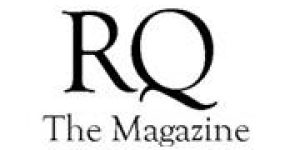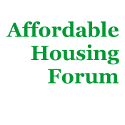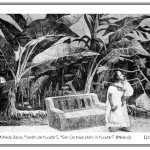Jade Leaf – Cape Town’s Anti-Apartheid Urban Plan
No comments yet![]() June 2014. On December 31, 2013, the late Nelson Mandela’s giant face was projected onto Cape Town’s Italian neo-Renaissance City Hall. It was the same building where he first addressed his country as a free man two decades ago. Here and there, people were crying. Mandela – Tata Madiba by his African name – had died that month, and his multi-story image brought it home that it was up to the city now.
June 2014. On December 31, 2013, the late Nelson Mandela’s giant face was projected onto Cape Town’s Italian neo-Renaissance City Hall. It was the same building where he first addressed his country as a free man two decades ago. Here and there, people were crying. Mandela – Tata Madiba by his African name – had died that month, and his multi-story image brought it home that it was up to the city now.
As the champagne corks popped at midnight, some of the audience turned to go, eager to beat the New Year’s Eve traffic. The cars with colored families — “colored” being South Africa’s accepted term for people of mixed race — headed home to the Cape Flats. Indian families drove to Rylands Estate. Black families steered toward Gugulethu or Khayelitsha. Whites had the shortest drive, to suburbs just a few blocks away, or to homes perched dramatically along Table Mountain’s towering slopes.
Within an hour of hearing Nelson Mandela speak of unity, we would be turning in, up to 60 kilometers apart, in suburbs mostly segregated by race.
Cape Town, then, is a good place to start if the question is, “Can design create a democratic city?” because it is here that exactly the opposite was achieved during the 20th century. From 1948, when formal apartheid was introduced, to the early 1990s, when its dismantling commenced, social and spatial engineering, as historian Vivian Bickford-Smith put it, transformed the spectacular peninsula from South Africa’s least to its most segregated city. Cape Town’s urban plan was guided by the ideology of the 1922 Stallard Commission, which was tasked with bringing black workers and consumers into cities while still keeping them separate from whites:
Read more: http://futurecapetown.com/2014/06/cape-towns-anti-apartheid-urban-plan/#.U44OopS-3×4
You May Also Like
Comments
Leave a Reply





